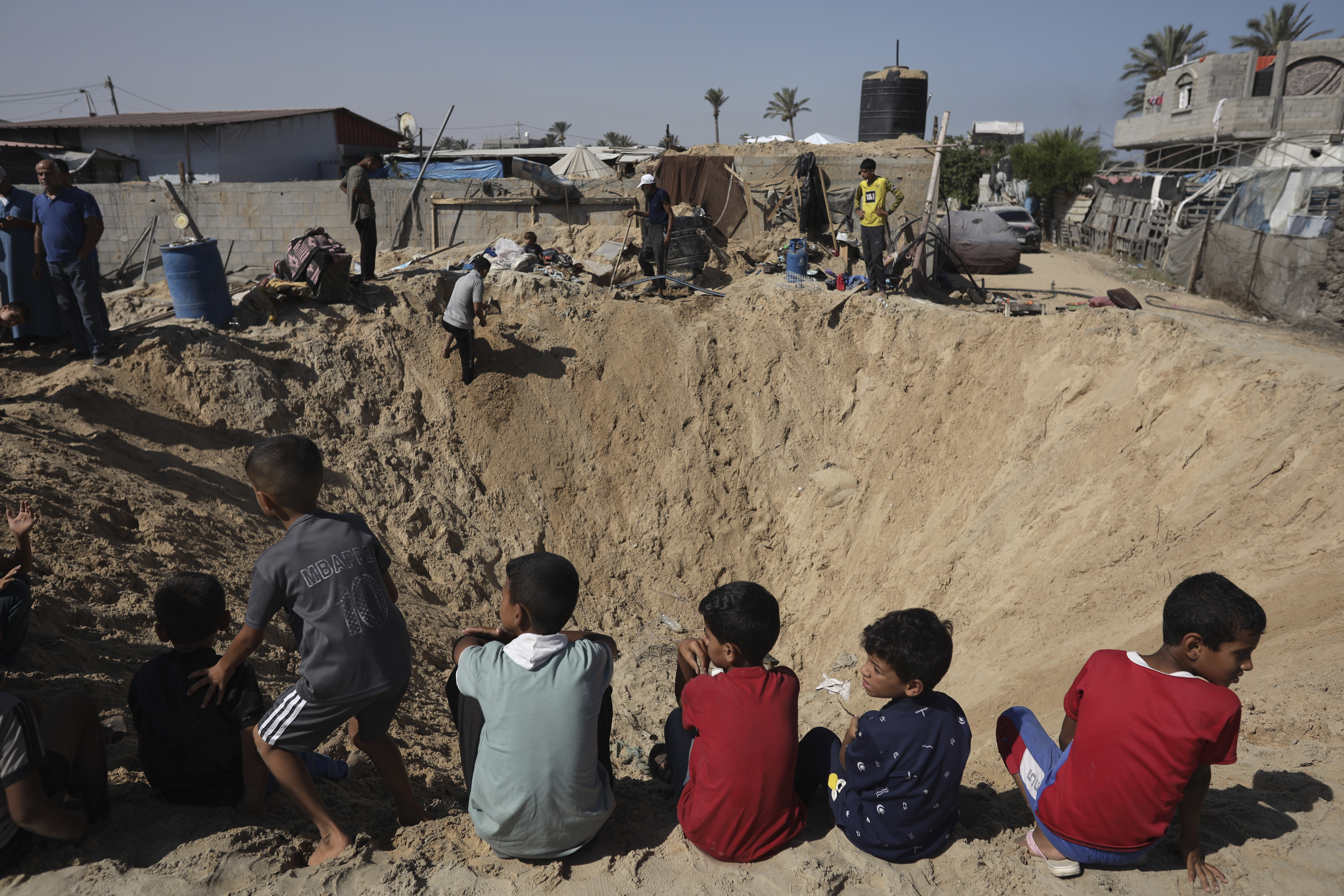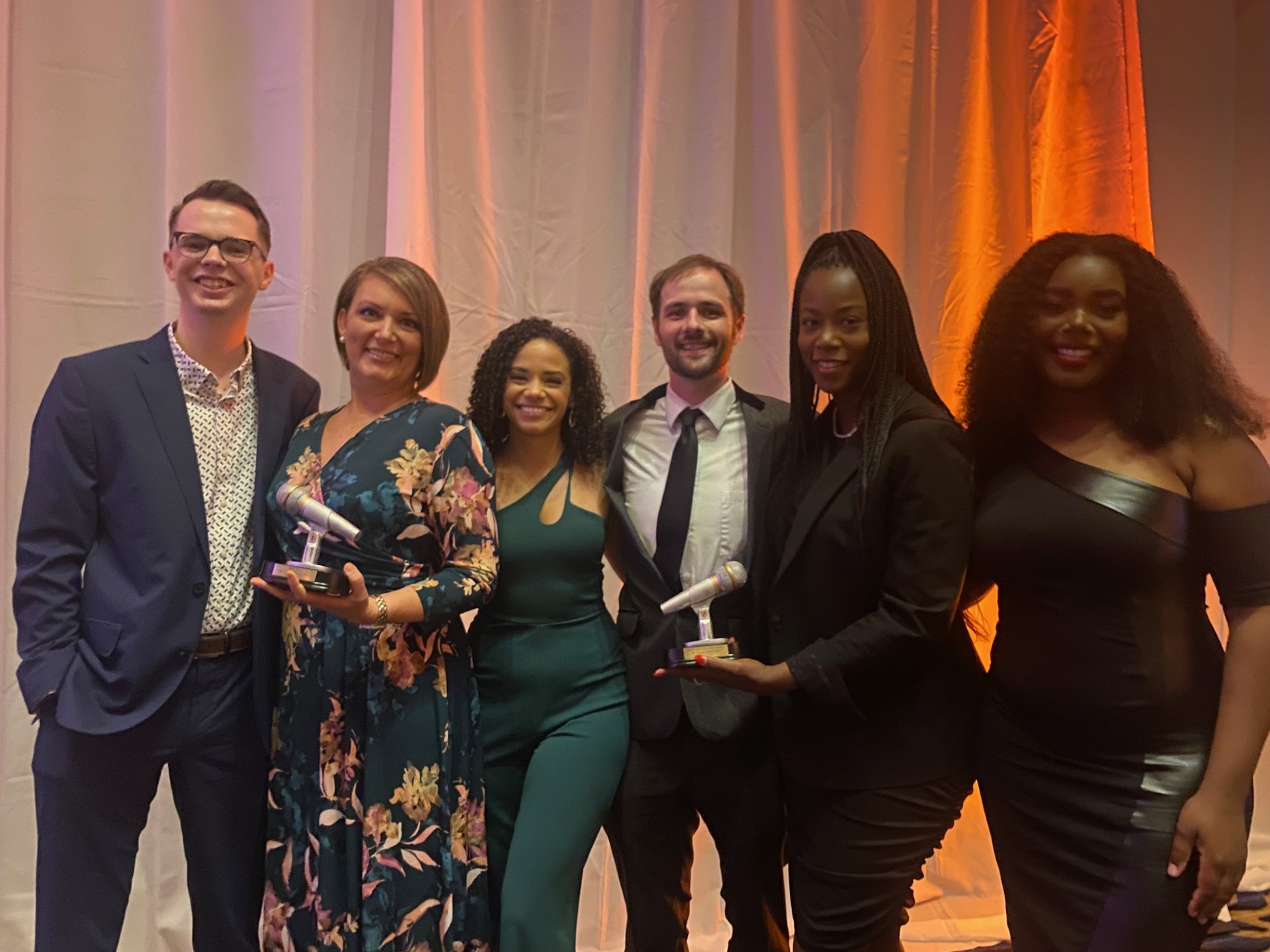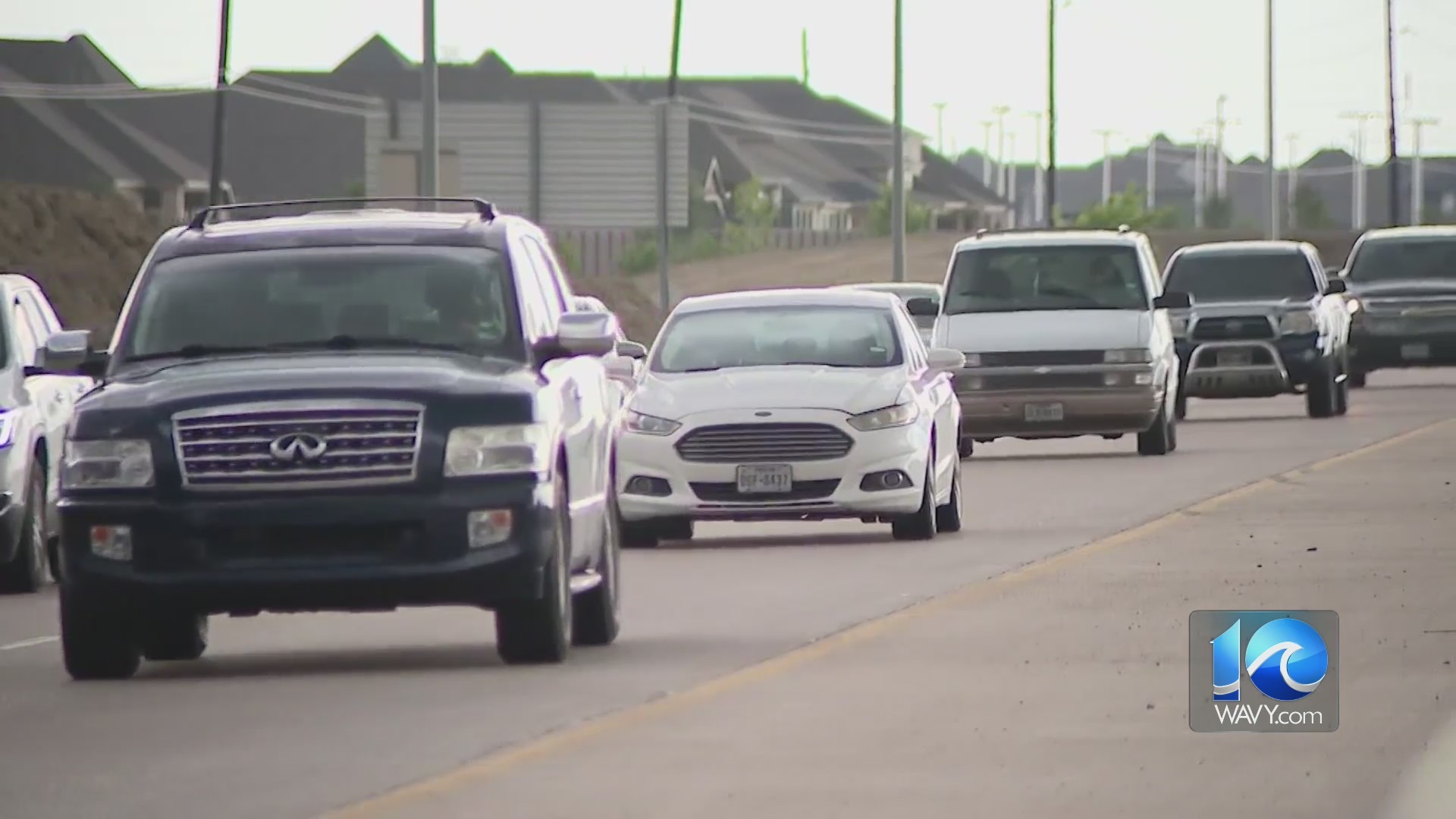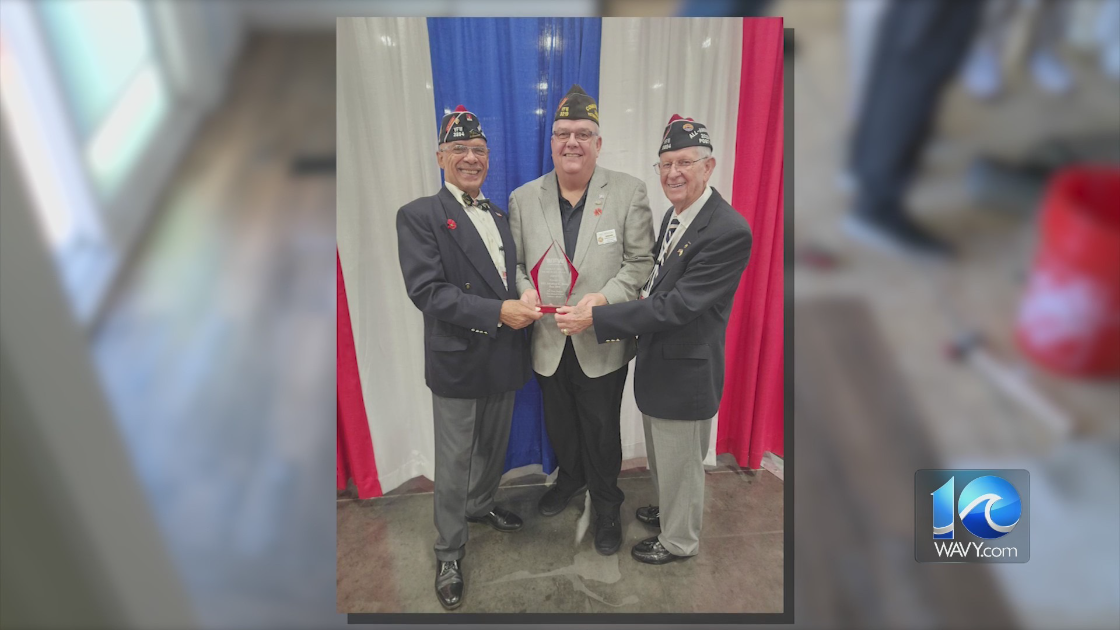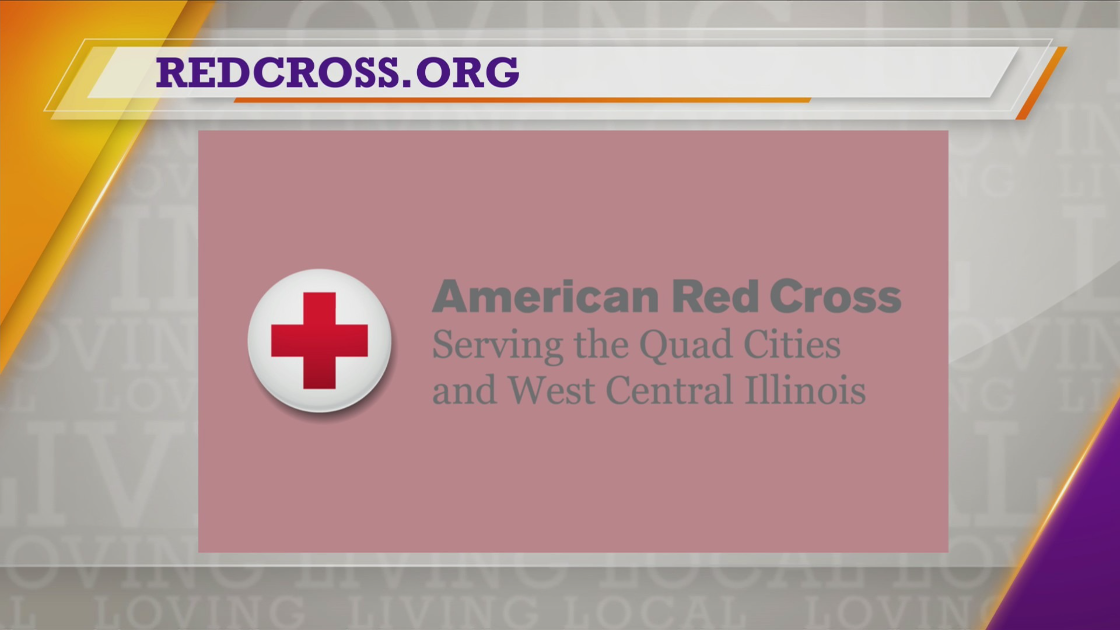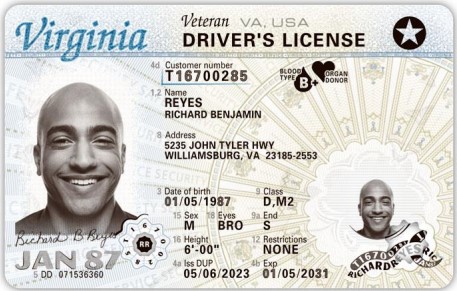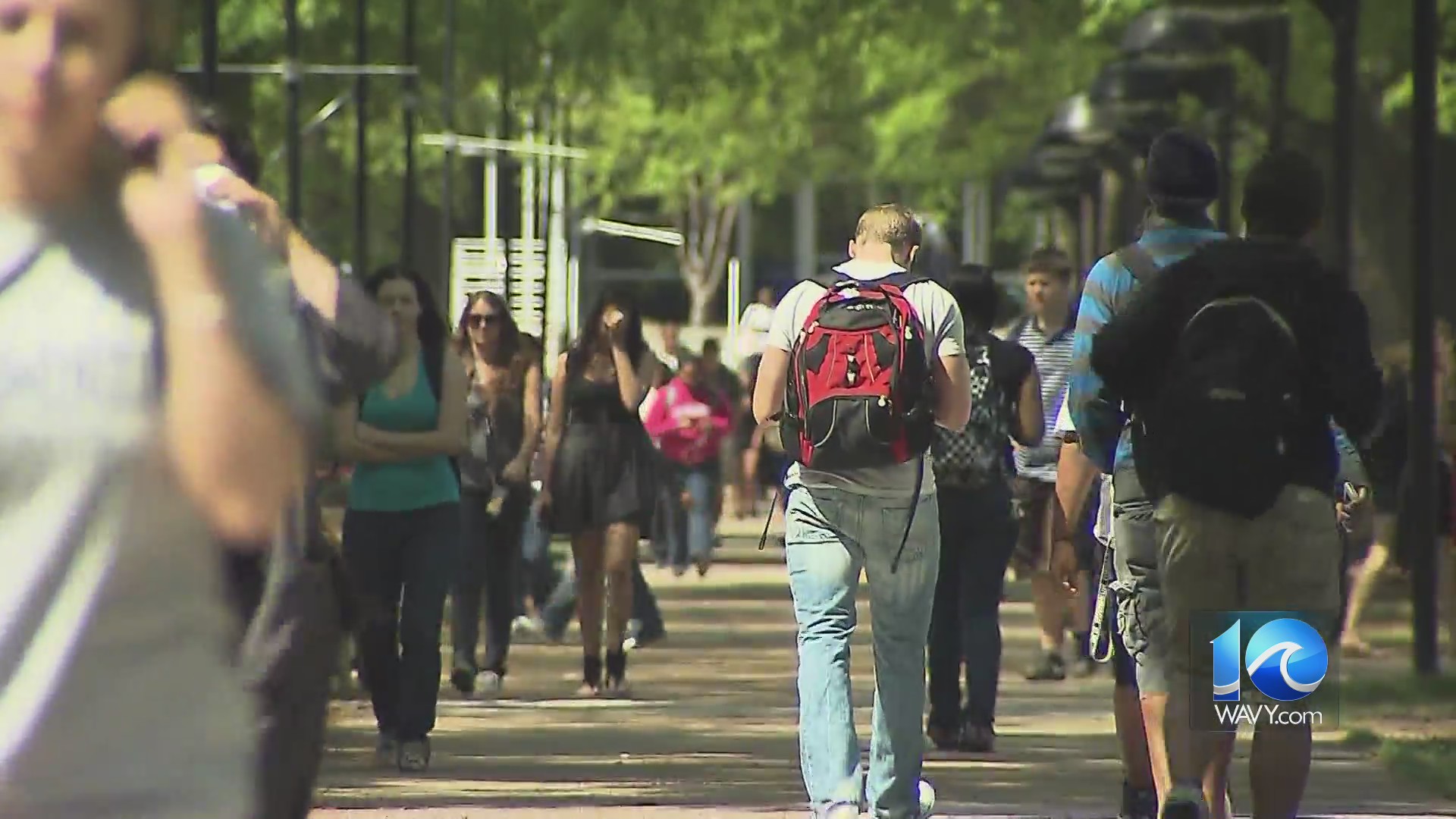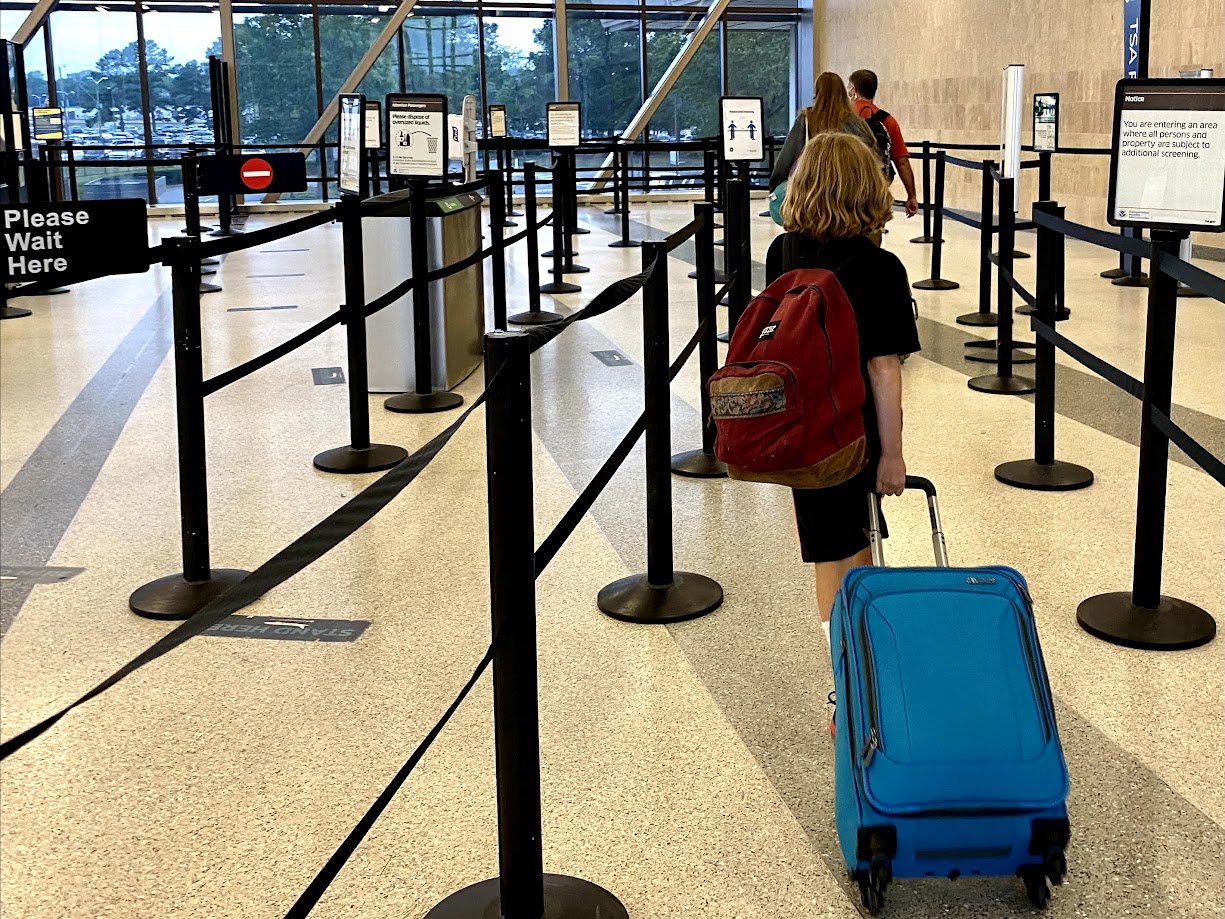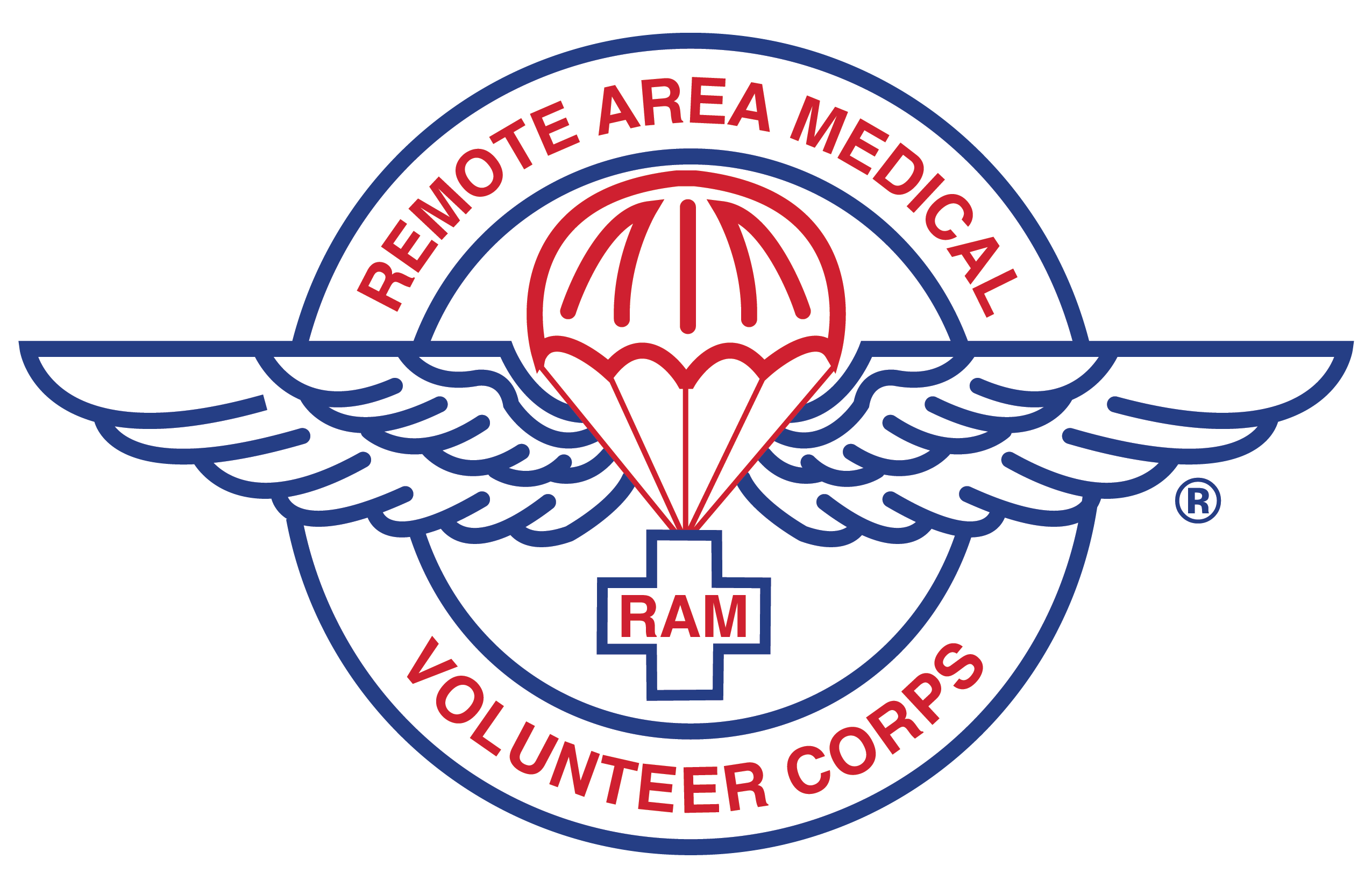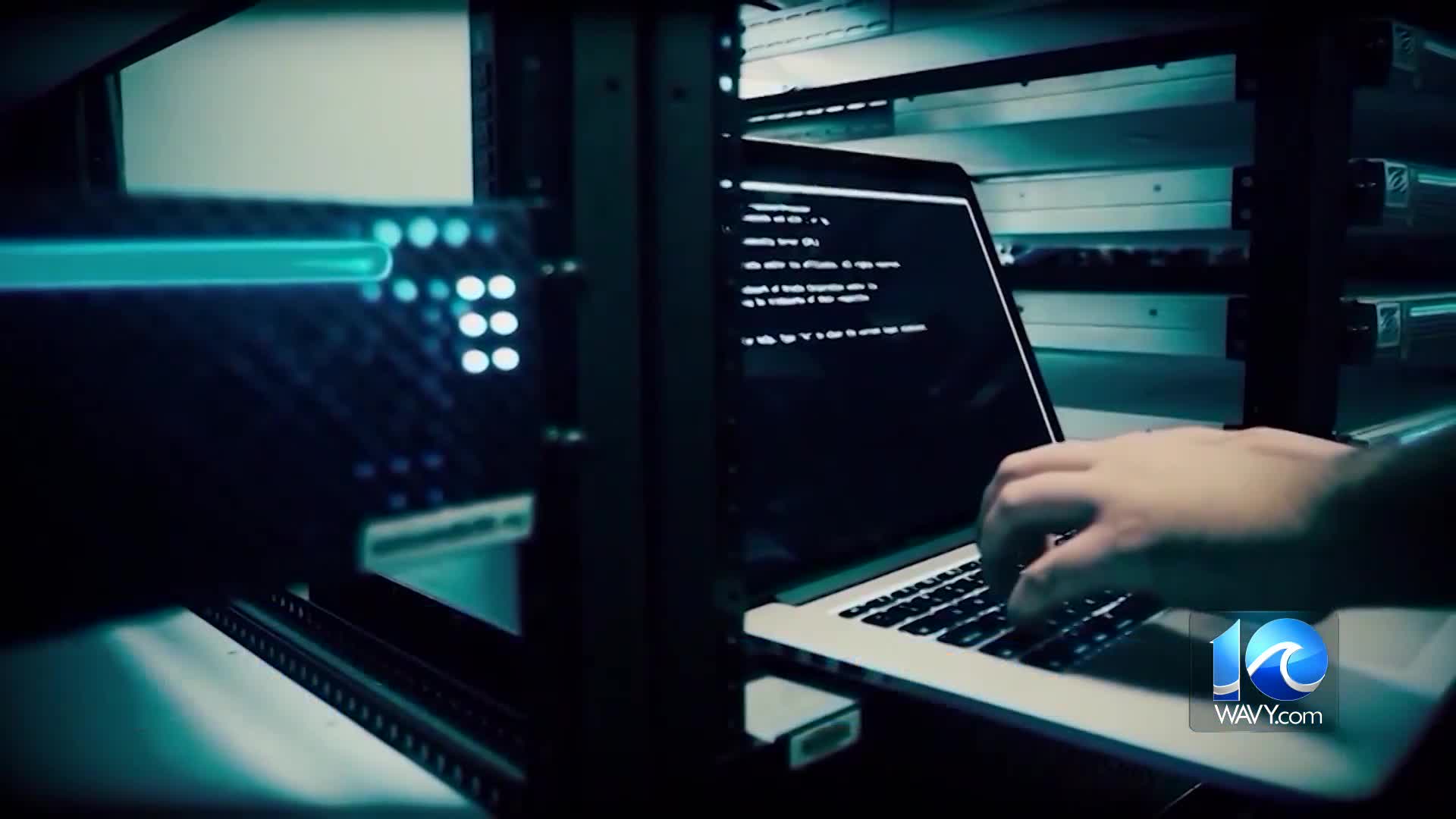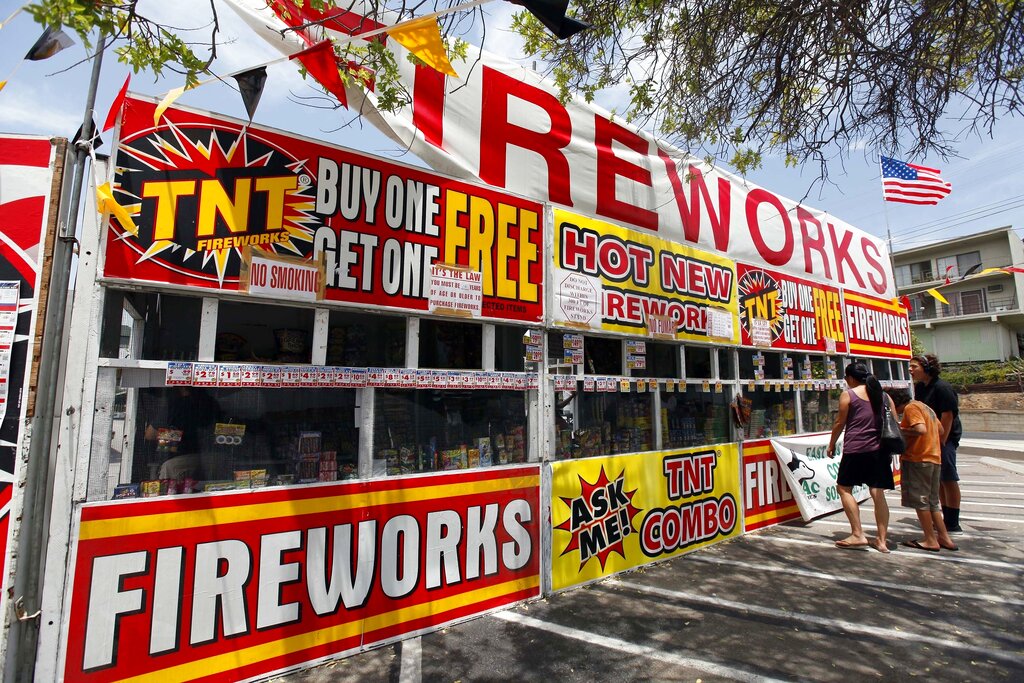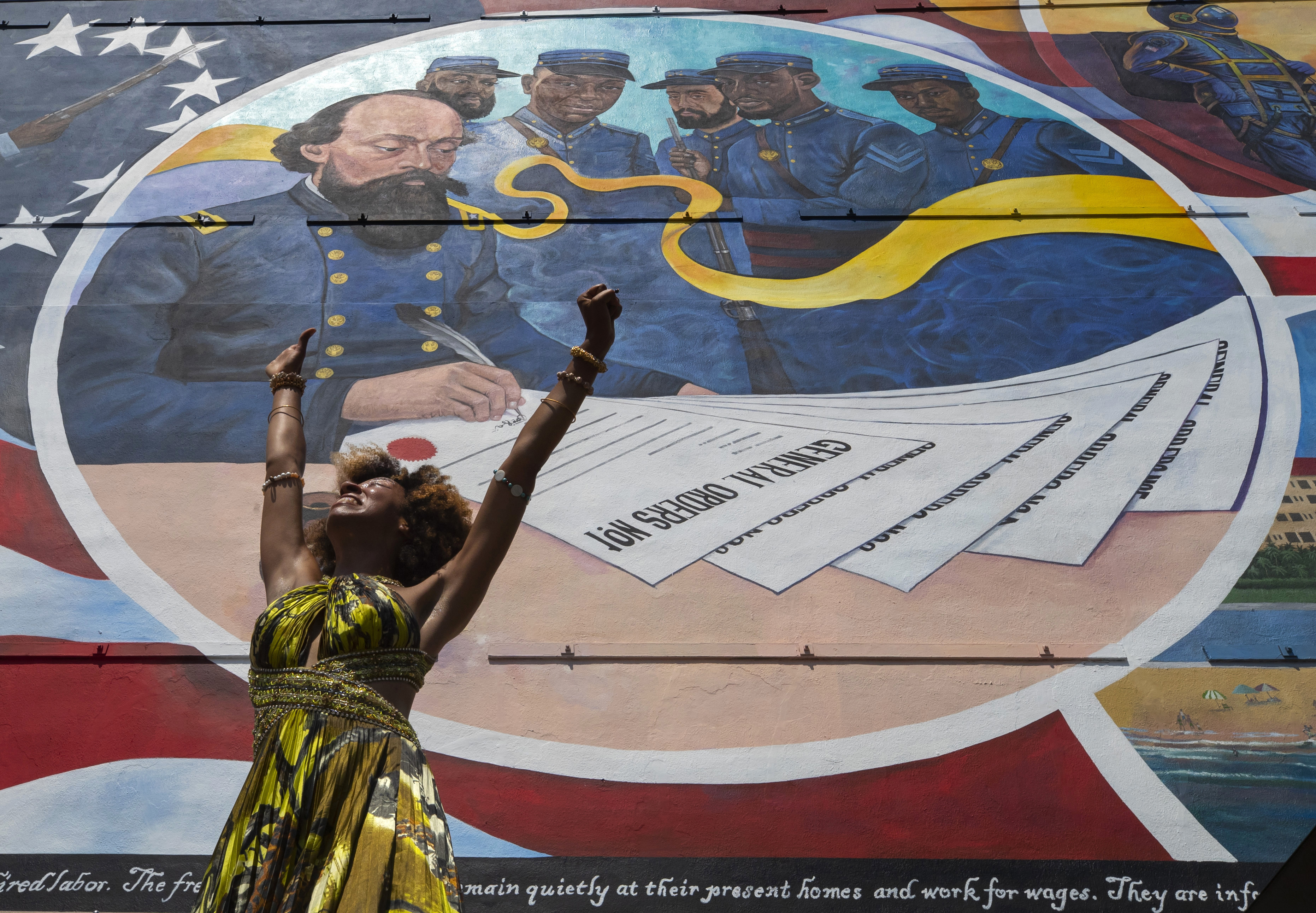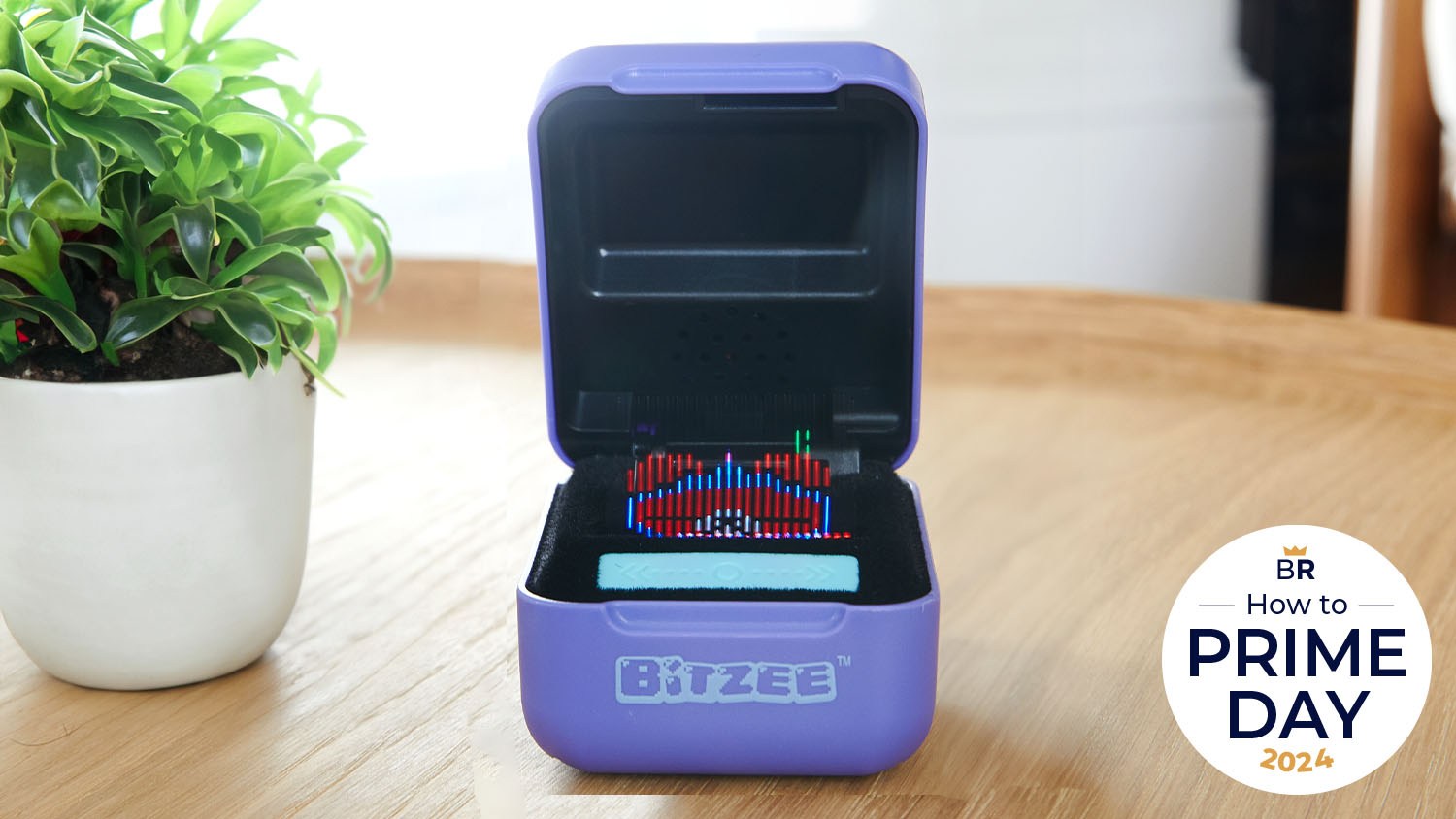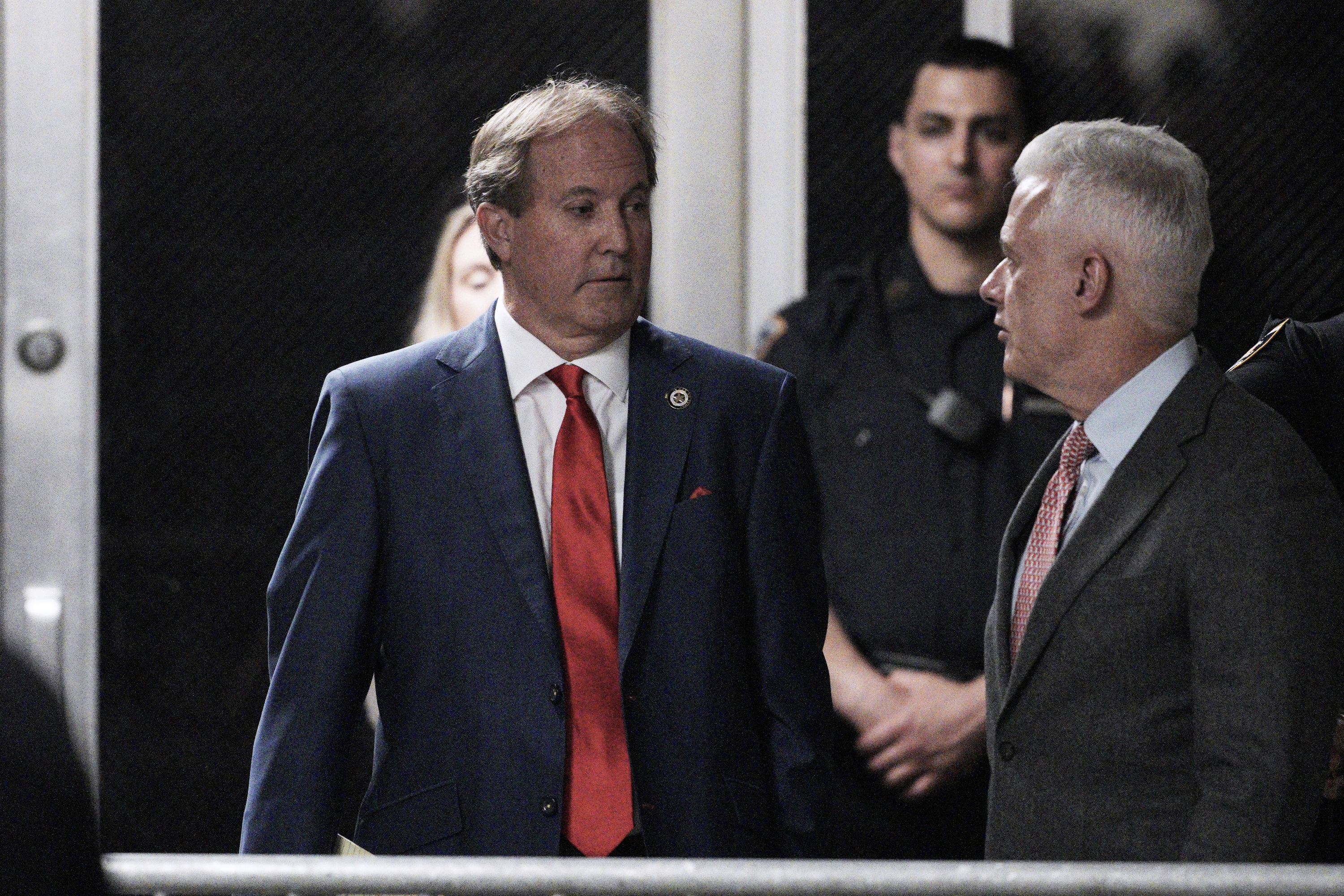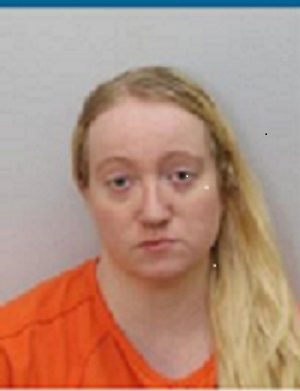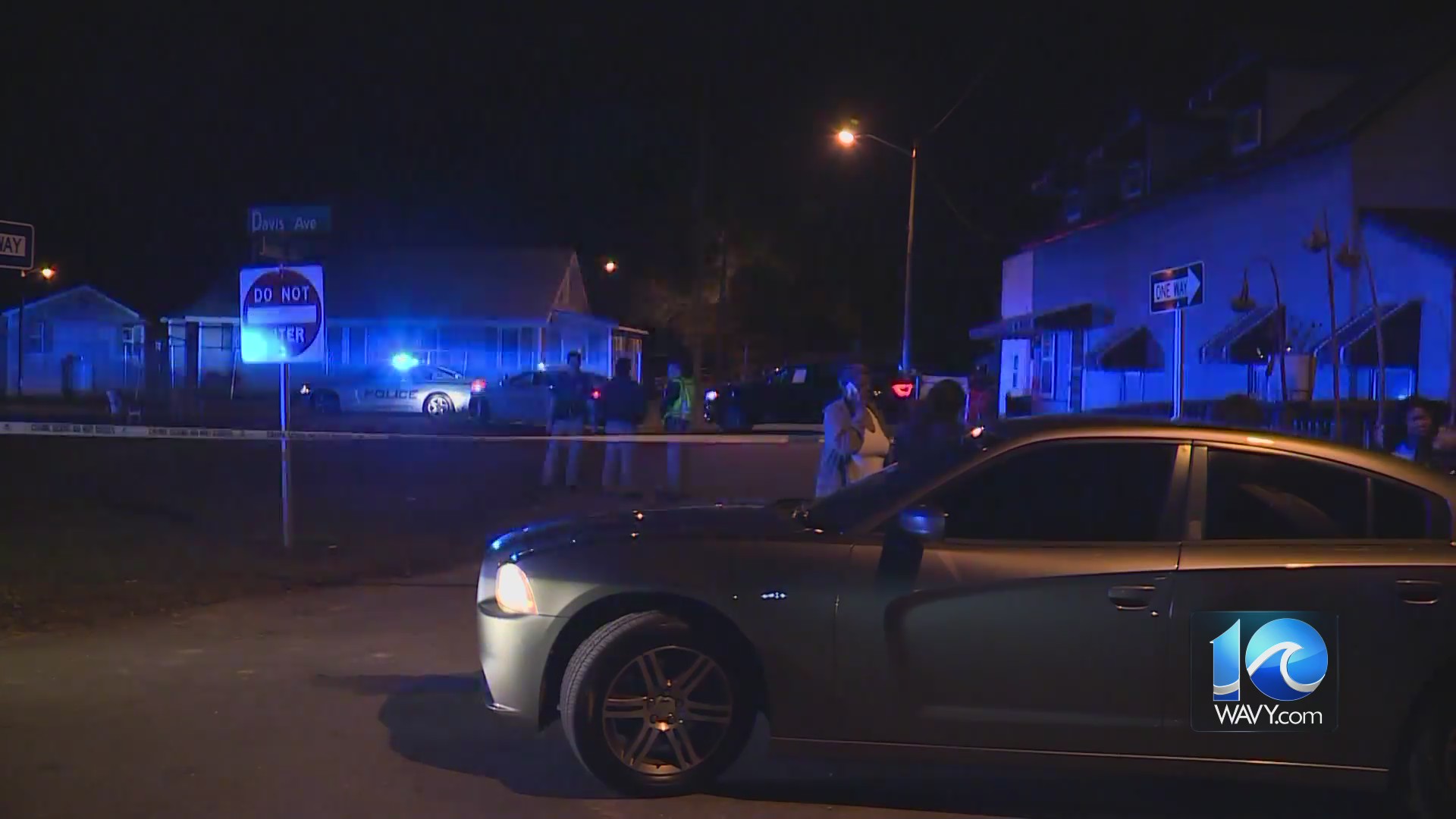VIRGINIA BEACH, Va. (WAVY) — A Virginia Beach family is preparing to close the chapter on a decades-old mystery.
Wilbur Mitts grew up near Monterey, California in the town of Seaside before enlisting in the Navy shortly after high school.
His final mission, at the age of 24, took him overseas.
Mitts was the radioman assigned to Navy Torpedo Squadron 20 on the USS Enterprise in 1944.
On Sept. 10, the team took off to conduct air strikes against enemy targets in the Palau Islands.
“We had those dual drives of Gen. (Douglas) McArthur coming up the Southwest Pacific and Admiral (Chester) Nimitz coming up the Central Pacific and their goal was to meet up at the Philippines and one of the islands in the way was Palau,” said Project Recover Historian Colin Colbourn.
Colbourn said it was important for the Americans at the time to start hitting Palau hard with our carrier forces, so in preparation for the invasion of Peleliu on Sept. 15, one U.S. plane went out and never came back.
“We had a carrier strike on Sept. 10, so that is when Wilbur Mitts and the crew of that TBM Avenger went down,” said Colbourn.
A few days before that last mission, he wrote his last letter home to his mom, telling her not to worry because, one way or another, he’d be back someday.
And thanks to groups such as Project Recover, which is dedicated to searching these locations and recovering missing Americans, that someday has come for Wilbur’s Family.
“We used to hear stories like 100 planes went out and only 99 came back,” said Wilbur’s Great Niece, Tasha Dekker.
Dekker and her brothers, Brandon and Shane, have learned a lot about Uncle Wilbur through letters, newspaper articles, school yearbooks and piecing his life together through photographs.
“He was a great boxer,” Tasha Dekker said. “I forget the number but a hundred and something fights, I think he was knocked down twice.”
He joined the Navy right out of high school and went to radio school in Norfolk.
“We always heard great stories about what he was like as a person and its unfortunate that everyone who’s alive today never got a chance to meet him,” Shane Dekker said.
Investigators never found any evidence of Mitts, Pilot Anthony Dipetta, Lt. Jay Manown or the TBM Avenger they were flying.
That is, until the early 2000s when the Bent Prop Project, which is now known as Project Recover stepped in.
“The wreckage is actually spread out over quite a bit of area on both land and water,” said Project Recover CEO Derek Abbey.
Abbey remembered in 2003 when they started finding parts of the plane in Palau.
He said it wasn’t until they combined efforts and partnered with Scripps researchers from San Diego and the University of Delaware that they were able to find more of the wreckage.
Professor Mark Moline was on the mission when they located the bulk of the plane in 2014.
“It was very silty, but obviously there was a wreckage and pieces that weren’t natural so we dove on it and turned out to be the site,” said Moline.
Project Recover works to find these missing planes using sonar technology to ultimately bring the remains of fallen Americans back home.
They have a large team overseeing the technology, including team members like Erik White and Matt Breece who help control the sonar vehicles and know how to fix them if they break.
“It’ll tell us the speed, how much battery is left and the time that remains on the mission,” said White.
The mission? To find aircraft like the one Wilbur Mitts was on, and once they find them, call in experts from the Defense Prisoner of War MIA Accounting Agency and their partner agencies to carefully extract the remains and get them to the lab.
“We transport the remains in bags of saltwater the same salt water that they were found in,” said Laboratory Case Manager Dr. Greg Berg.
Dr. Greg Berg said after a series of baths to get the remains out of the ocean environment they’re found in, they’re able to start the DNA analysis.
“They give us a report of, ‘OK, these samples that you sent in have this sequence, then we can use a family reference sample and then match the sequences to those individuals,'” Berg said.
Tasha, her brothers, and other family members sent in their DNA two years ago.
“It was my uncle who was a big contributor because he’s a direct descendent of his mother,” Tasha Dekker said. “It’s hard to believe that after 79 years you’re able to find that kind of stuff.”
Bringing family together, old and new, to soon lay Great Uncle Wilbur to rest this September in Seaside.
“We’re one of the lucky ones that get to bring him home because of these great companies (that) put their time and effort into locating them,” Tasha Dekker said.
And although only the ocean holds answers as to what happened that day, it also held Wilbur’s promise to make it home.
Dekker read Wilbur’s final letter to his mother to us. “It says in part, ‘just remember I said I’ll be back, one way or another, I’ll be back and that’s for sure.’ That hit me because he is, he’s coming home,” Dekker said.
Project Recover is a non-profit that functions off donations and information or photos from people like you.
If you have a family member who went missing in action and might have any clues or photographs or letters that could lead researchers to their last known location, they want to hear from you.
